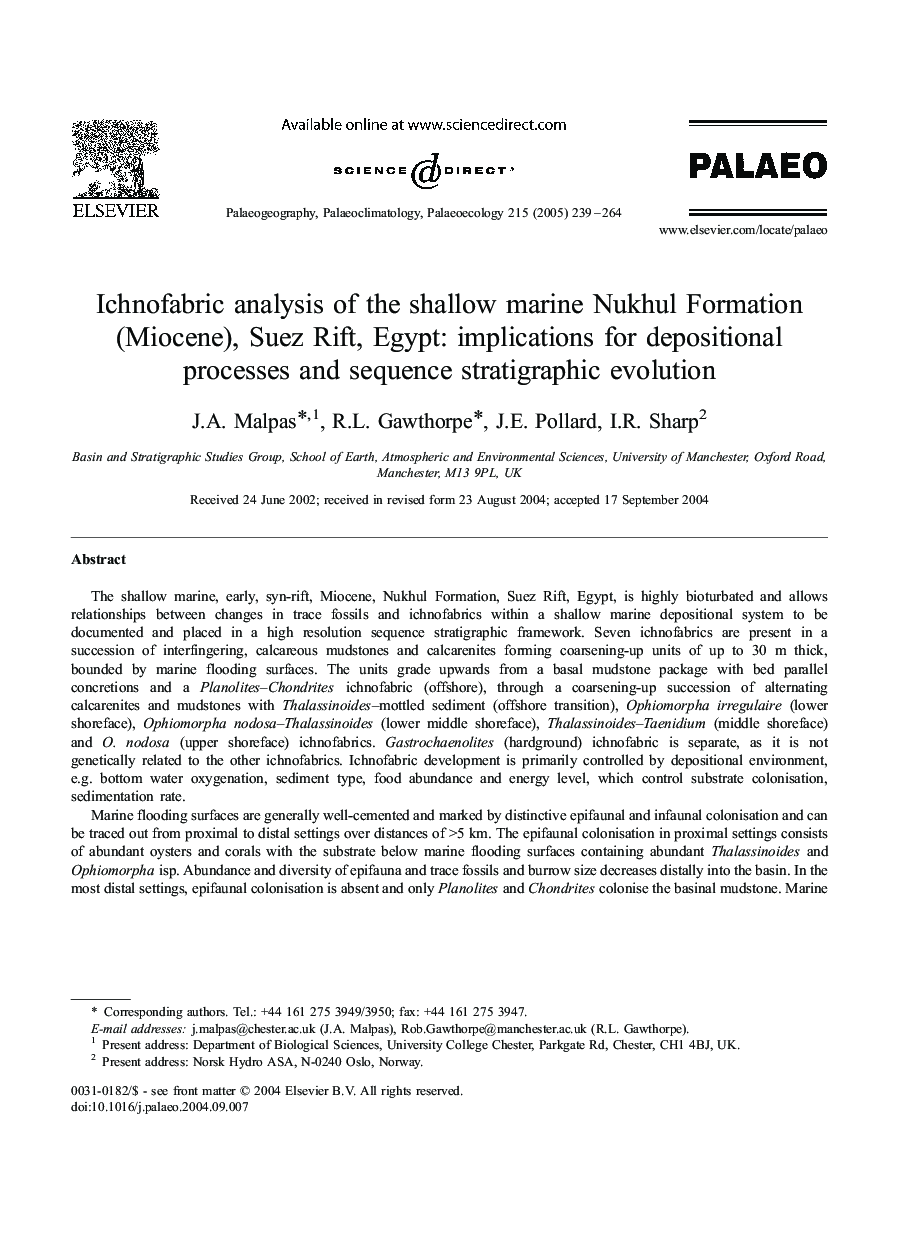| Article ID | Journal | Published Year | Pages | File Type |
|---|---|---|---|---|
| 9463108 | Palaeogeography, Palaeoclimatology, Palaeoecology | 2005 | 26 Pages |
Abstract
Marine flooding surfaces are generally well-cemented and marked by distinctive epifaunal and infaunal colonisation and can be traced out from proximal to distal settings over distances of >5 km. The epifaunal colonisation in proximal settings consists of abundant oysters and corals with the substrate below marine flooding surfaces containing abundant Thalassinoides and Ophiomorpha isp. Abundance and diversity of epifauna and trace fossils and burrow size decreases distally into the basin. In the most distal settings, epifaunal colonisation is absent and only Planolites and Chondrites colonise the basinal mudstone. Marine flooding surfaces in the most distal settings are poorly cemented, but are marked by carbonate concretions 10-15 cm below the surface.
Related Topics
Physical Sciences and Engineering
Earth and Planetary Sciences
Earth-Surface Processes
Authors
J.A. Malpas, R.L. Gawthorpe, J.E. Pollard, I.R. Sharp,
